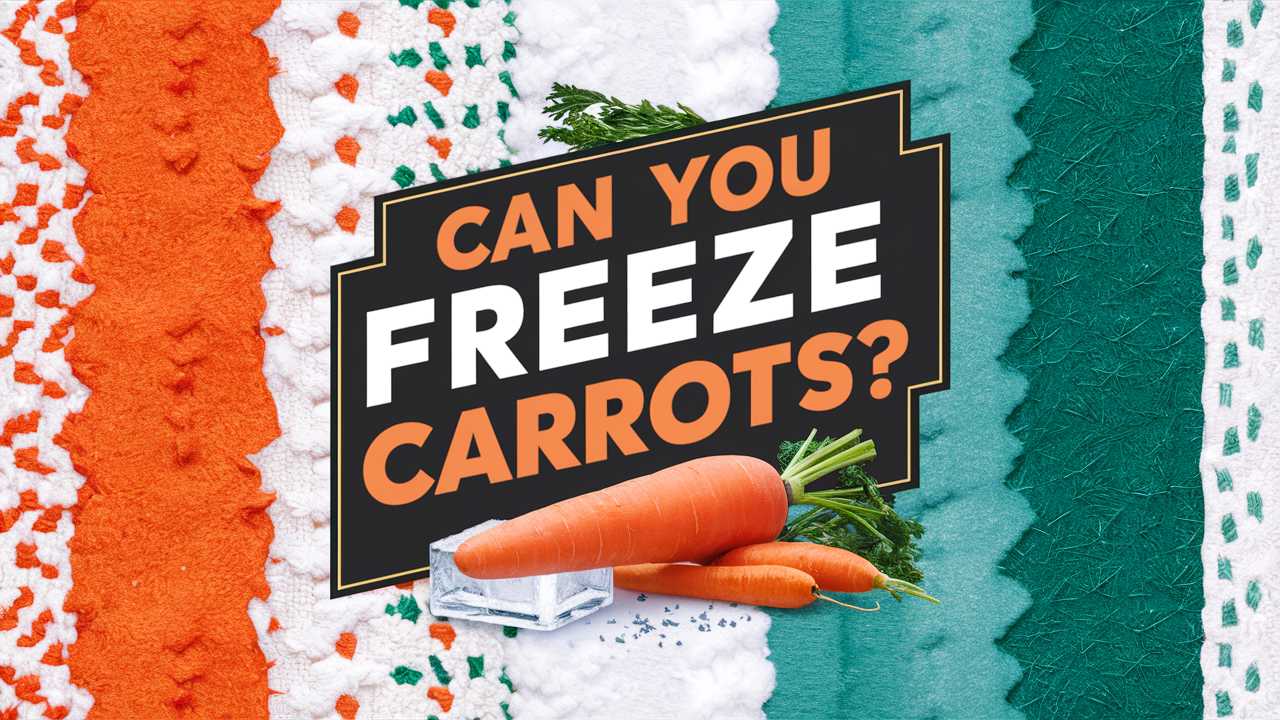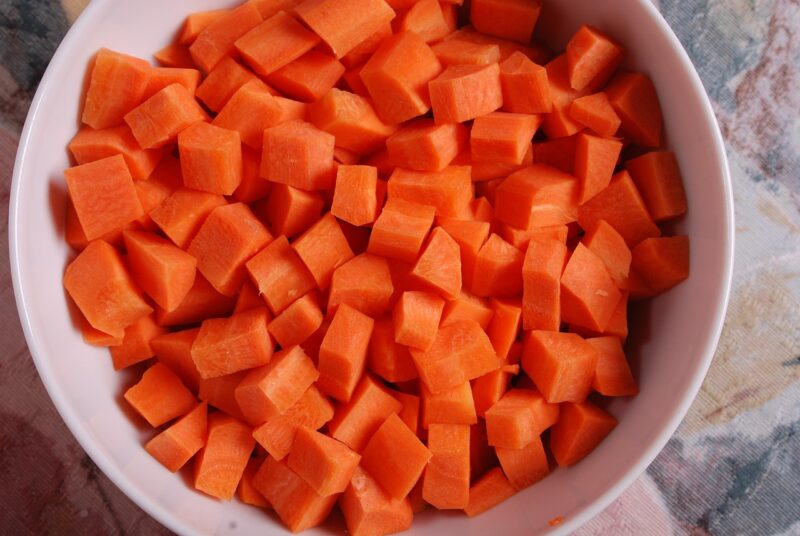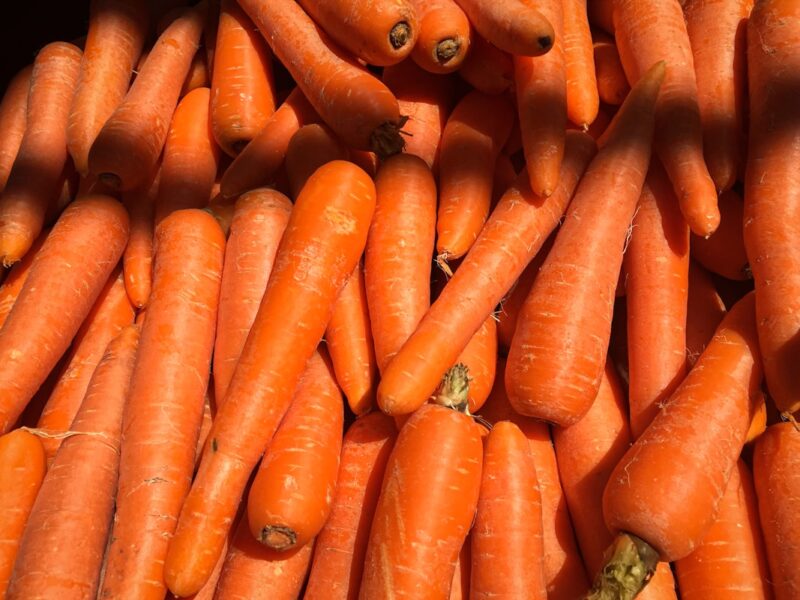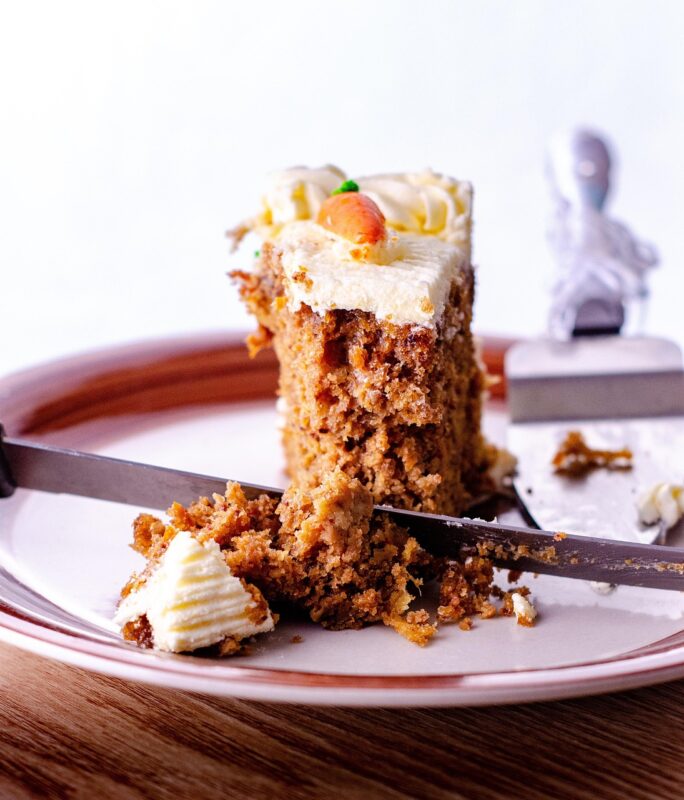In this guide, we’ll explore everything you need to know about freezing carrots, including the best practices, storage tips, and creative ways to use frozen carrots.
The Benefits of Freezing Carrots
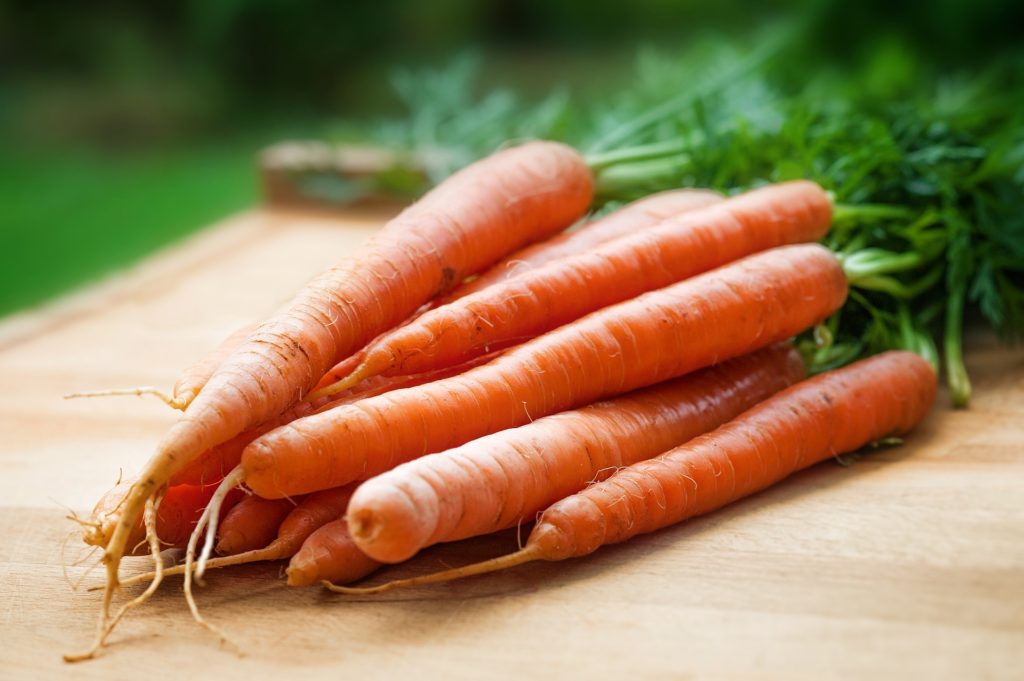
Freezing carrots serves multiple purposes. First and foremost, it prolongs their shelf life. Fresh carrots can spoil quickly, especially if they are not stored correctly. Freezing locks in their flavor and nutrients, making them a convenient option whenever you’re in need of a quick side dish or ingredient.
Nutritional Preservation
When done correctly, freezing can help in retaining most of the nutrients found in carrots. Carrots are an excellent source of beta-carotene, fiber, vitamins K1 and C, and potassium. Freezing minimizes the loss of these vital nutrients, allowing you to enjoy the health benefits even months after purchase.
Convenience
Another upside to freezing carrots is the convenience they offer. Whether you’re a busy parent or a culinary enthusiast, having frozen carrots on hand allows you to whip up meals without the need for prep work. Simply pull out the portion you need, and you’re good to go!
Waste Reduction
Freezing helps in minimizing food waste. If you have a surplus of fresh carrots that you can’t eat in time, freezing them is a practical solution to ensure they don’t end up in the trash.
Can You Freeze Carrots? How to Freeze Carrots the Right Way
Freezing carrots isn’t as simple as putting them in a plastic bag and tossing them in the freezer. Proper preparation is vital to ensure that they taste good when you’re ready to use them. Here’s a step-by-step guide on how to freeze carrots effectively.
Step 1: Choose Fresh Carrots
Select carrots that are firm and vibrant. Avoid any that feel soft or have blemishes. The better the quality of the carrots when you freeze them, the better they’ll taste later.
Step 2: Wash and Peel
Thoroughly wash your carrots to remove any dirt and pesticides. Peeling them is optional but recommended if you prefer a softer texture in your cooked dishes.
Step 3: Cut the Carrots
Carrots can be frozen whole, sliced, diced, or even shredded, depending on how you plan to use them later. For general purposes, slicing into uniform pieces works best. This helps them freeze evenly and makes them more versatile for different recipes.
Step 4: Blanching
Blanching is crucial for freezing carrots. This process involves boiling them briefly and then quickly plunging them into cold water to stop the cooking process. Here’s how to do it:
Boil Water: Fill a pot with water and bring it to a rolling boil.
Blanch the Carrots: Add the carrot pieces to the boiling water for about 2-3 minutes, depending on their size.
Ice Bath: Immediately transfer the carrots to a bowl of ice water to stop the cooking. Let them sit for about the same time as they were blanched.
Blanching helps to maintain color, flavor, and nutritional value while also preventing spoilage.
Step 5: Drain and Dry
After the ice bath, drain the carrots well. Pat them dry with a clean kitchen towel to remove excess moisture, which can cause freezer burn.
Step 6: Package for Freezing
Use airtight freezer bags or containers. Squeeze out as much air as possible to prevent freezer burn. It’s a good idea to label your bags with the date and contents for easy identification later.
Step 7: Freeze
Place your packaged carrots in the freezer. They can generally be stored for up to 10-12 months without losing quality, but they’re usually best when used within 6-9 months.
How to Thaw Frozen Carrots
When it’s time to use your frozen carrots, how you thaw them makes a difference. Here are a few methods:
Refrigerator Thawing: The safest way to thaw them is in the refrigerator overnight. This keeps the carrots at a consistent cold temperature.
Cooking from Frozen: Many recipes allow you to cook frozen carrots directly without thawing. This works well for soups, stews, and stir-fries.
Microwave Thawing: If you’re in a pinch, the microwave can be used with the defrost setting, but be cautious to not cook them.
Cooking with Frozen Carrots
Frozen carrots can be a boon for quick meals. Here are a few delicious ways to incorporate them into your dishes:
Soups: Add them directly into your broth for a hearty vegetable soup.
Stir-Fries: Toss them into your pan with other frozen vegetables for a quick, colorful dish.
Casseroles: Incorporate them into casseroles for added nutrients and texture.
Purees and Smoothies: Thaw and blend into a smooth puree or add to smoothies for an extra health boost.
Common Mistakes to Avoid When Freezing Carrots
Even with the best intentions, freezing can sometimes go awry. Here are common pitfalls to avoid:
Not Blanching: Skipping the blanching step can cause your carrots to become mushy and lose flavor.
Overpacking: Overfilling bags can hinder airflow and lead to freezer burn. Pack in portions to avoid this.
Incorrect Storage: Using non-freezer-safe bags or containers can lead to leaks and spoilage.
The Science of Freezing Carrots
Understanding the science behind freezing can help in enhancing your freezing techniques. At temperatures below 0°F (-18°C), the enzymes responsible for the degradation of food are inactivated, effectively halting the aging process. However, ice crystals can form within the cells of vegetables, potentially breaking down cellular structure. That’s why blanching is important—it denatures enzymes while also helping to wash off dirt and microorganisms.
Creative Ways to Use Frozen Carrots
Frozen carrots can add flair and nutrition to a variety of dishes. Here are some creative ideas:
Carrot Cake Smoothies: Blend frozen carrots into smoothies with banana, yogurt, and spices for a nutritional boost.
Vegetable Patties: Mix thawed carrots with cooked legumes and spices to form patties for a plant-based burger.
Carrot Rice: Pulse thawed carrots in a food processor until they resemble rice and sauté with onions and spices.
Nutritional Benefits of Carrots
Understanding the nutritional perks of carrots can motivate anyone to include them in their diet. Carrots have:
Beta-Carotene: This compound converts to vitamin A in the body, contributing to eye health, immune function, and skin health.
Fiber: Great for digestion and maintaining a healthy gut.
Low Calories: They provide a satisfying crunch without adding significant calories.
Storing Frozen Carrots Safely
To ensure your frozen carrots remain safe to eat, follow these storage tips:
Keep the Freezer at 0°F (-18°C): Make sure your freezer maintains a consistently low temperature.
Use Within Recommended Time: While frozen vegetables can last up to a year, their quality is best within the first several months.
Check for Off Odors: If you notice any unusual smells or colors, it’s best to discard the carrots.
Conclusion: Make the Most of Your Freeze
Freezing carrots can be an excellent way to enjoy their flavor and nutritional benefits all year round. By following proper techniques, you not only extend the shelf life of this vibrant vegetable but also reduce waste and enhance convenience in your kitchen.


